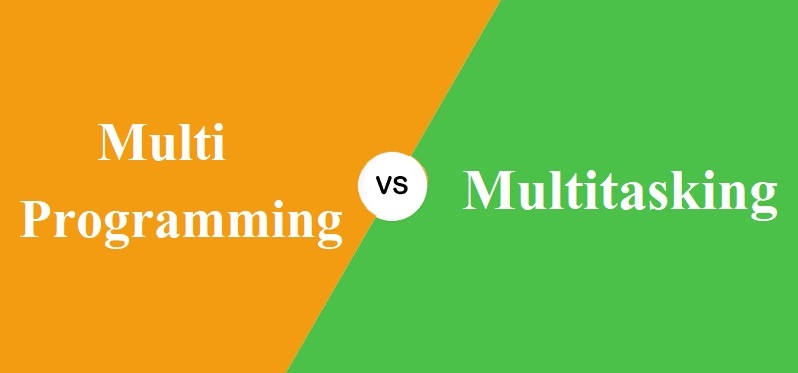BCA 1st Year Salient Feature of Multi-Programming and Multi-Tasking Notes Study Material
Semester Wise BCA 1st Year Salient Feature of Multi-Programming and Multi-Tasking Notes Study Material: If you choose to do a Bachelor of Computer Applications, it is BCA. BCA is a three-year program in most universities. After getting enrolled for BCA, there are certain things you require the most to get better grades/marks in BCA. Out of those, there are BCA Notes and BCA Semester Wise Notes Study Material, Chapter Wise/ Topic Wise BCA Semester Wise Notes, BCA Notes Pdf Download, BCA Question Answers along with Previous Year Papers.
At gurujistudy.com you can easily get all these study materials and notes for free. If you are a BCA Student there is a single-stop destination as far as preparation for BCA Examination is concerned. Here in this post, we are happy to provide you with the Topic Wise & Chapter Wise BCA 1st Year Salient Feature of Multi-Programming and Multi-Tasking Notes Study Material.

BCA 1st Year Salient Feature of Multi-Programming and Multi-Tasking Notes Study Material
Multi-Programming
Multi-programming is interleaved execution of two or more different and independent programs by a computer. We can enable two or more user programs to reside simultaneously in the main memory and carry out their interleaved execution. With multiple user programs residing simultaneously in the user program area of main memory, whenever a user program that was executing (using CPU) goes to perform I/O operations, the operating system allocates CPU to another user program in main memory that is ready to use CPU, instead of allowing CPU to remain idle. CPU switches from one program to another almost instantaneously. Hence, in multi-programming, several user programs share CPU time to keep it busy.
Note that multi-programming does not mean the execution of instructions from several programs simultaneously. Rather, it means that multiple programs are available to the CPU (stored in main memory), and a portion of one is executed, then a portion of another, and so on. As a CPU can execute only one instruction at a time, only one of the programs residing in the main memory uses the CPU to execute its instructions at any instance of time.
Simultaneous execution of more than one program with a single CPU is impossible. Some multi-programming systems process only a fixed number of jobs concurrently (multi-programming with fixed tasks-MFT), while others can process a variable number of jobs concurrently (multi-programming with variable tasks-MVT).
Multi-Tasking
Multi-tasking is a single-user variation of the multi-programming concept. Many authors do not distinguish between multi-programming and multi-tasking because both refer to the same concept of a system’s capability to work concurrently on more than one task (job or process).
Whenever a task (job or process) needs to perform 1/0 operations, the system uses its CPU to execute another task (job or process) that is also residing in the system and is ready to use the CPU. However, some authors prefer to use the term multi-programming for multiuser systems (multiple users can use such a system simultaneously, such as a mainframe system or a server class system) and multi-tasking for single-user systems (only one user uses such a system at a time, such as a personal computer or a notebook computer).
Multi-Tasking
Note that even in a single-user system, the system often processes multiple tasks at a time. For example, a personal computer user can execute a sorting job in the background, while editing a file in the foreground. Similarly, a personal computer user may be reading his/her electronic mail in the foreground, while the compilation of a program is in progress in the background. In this manner, a user may work concurrently on many tasks. In a multi-tasking system, the user can partition the computer’s display screen into multiple windows and can view the status of different tasks on different windows.
Multi-tasking eases user operation and saves lots of time when a user has to switch between two or more applications while performing a job.
For example, let us assume that a user is using a word processor to create an annual report and he/she needs to do some arithmetic calculations for the yearly report file and word processing application, open the calculator application, make a necessary calculation, write down the results, close calculator application, reopen word processing application with annual report file and embed calculation results in it. With multitasking, the user simply opens the calculator application while working on the annual report file creation, makes necessary calculations, and switches back to the yearly report file to continue working on it.
BCA 1st Year Salient Feature of Multi-Programming and Multi-Tasking Notes Study Material
Chapter Wise BCA 1st Year Computer Fundamentals and Office Automation Notes Study Material